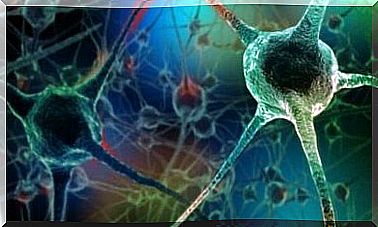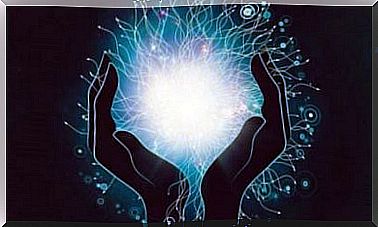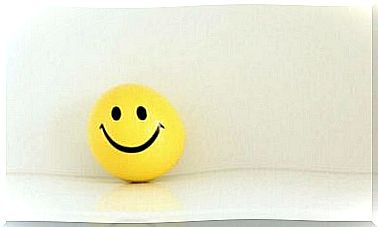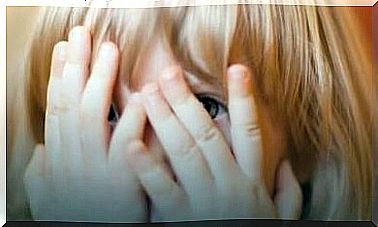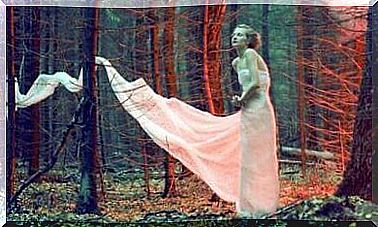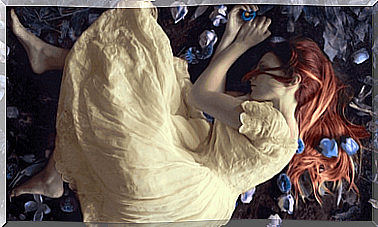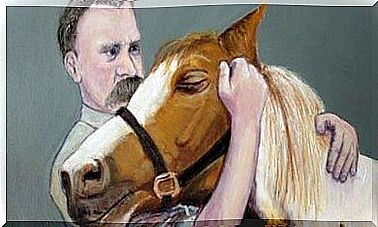Haiku To Release Your Emotions
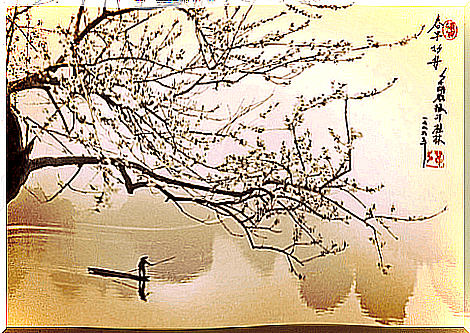
A haiku is a short poem inspired by the feeling of the present, the wonder, and our connection with nature. It is a Japanese tradition that exposes things down to the soul to help with recovery and to gather courage, resilience and strength. In fact, its cleansing and liberating nature makes it the perfect psychological tool. In addition to being aesthetically pleasing, you can use haiku to release your emotions.
Some say that the brain is like a museum with endless galleries filled with distorted images. Finding meaning in what is shown there is not always easy. So therefore it can be useful to use other artistic techniques to find meaning, order and peace in the midst of all the chaos.
“The old pond
a frog that jumps up at the
sound of the lake”
-Matsuo Basho-
This is what the haiku is capable of achieving. A haiku is short poems composed of three verses of 5, 7 and 5 moras , or syllables. The goal of haiku is to look at universal themes from a child’s perspective. Haiku aims to go from the ordinary to the magical and turn off the sound of obsessive and brooding thoughts. The idea is to stay inside the feeling of the present.
For many people, it is almost like looking at the world through a drop of dew. It is about keeping in touch with a specific moment to get a different perspective. Seeing things through a lens that makes everything more intense and much brighter.
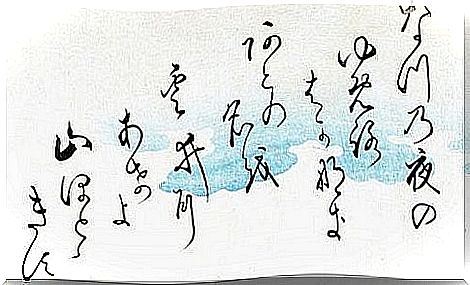
Haiku as a psychological tool
Robert Epstein is a renowned author and psychologist at Harvard University. He has written books such as The Sacred in Contemporary Haiku and many articles pointing to the benefits of haiku as therapy. Thanks to his writing and decision-making influence, we know that this type of writing is very useful in the treatment of addiction. In fact, as Dr. Epstein says,
Now it is clear that we are not talking about a treatment that can lead to complete recovery or recovery from addiction or depression alone. This is a complementary tool that helps us connect with ourselves. This tool helps us to find the forgotten place where hope still lies. It can lead us to the path to resilience and the bamboo forest where we can be strong but flexible in adversity.
On the other hand , it is common to associate haiku practice with the Zen world. However, it is important to point out that this is a much older practice. While it is true that Zen philosophy went to haiku to convey its ideas at a given time, haiku is much older than Zen. Haiku has always been a channel of expression and emotional liberation for Japanese men and women. Japanese culture uses haiku to think about the tranquility of nature and to find a way to shape and express their sadness, desire and joy.
“A hint, this light
that extinguishes itself,
or a firefly?”
-Jorge Luis Borges-
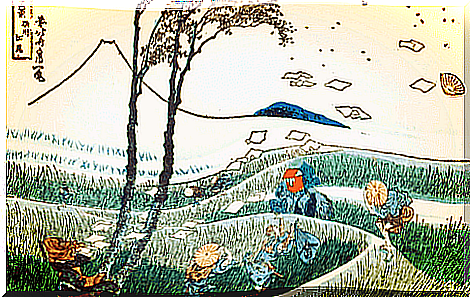
Furthermore, it is interesting to note that many experts see haiku as an excellent way to practice mindfulness. The one who practices mindfulness should open up, be receptive to the sensory world to capture the moment and be aware of its inner self. It is a wonderful tool for learning to slow down, put your worries into perspective, and generate feelings of calm, peace and compassion.
How to write a good haiku
Matsuo Basho is the most famous poet from the Edo period in Japan. He is also one of the most successful poets in popularizing the use of haiku. According to him, a good poem is one that captures the essence of the moment. A good haiku expresses a moment that is shared between us, our souls and nature.
So, if you want to try this therapeutic art, follow the instructions below. It is important to note that the real use of haiku comes when you are able to forget the rules, the meter and the structure. This happens with time and practice. If you stick to it, you can really free your mind.
- Haiku neither rhymes nor has titles.
- The ideal metric number for haiku is 5 syllables in the first line, 7 in the second and 5 in the third.
- Verbs get in the way because you should not express movement. The idea is to capture an immobile image or emotion.
- The verb “to be” should not be included, it is already implied.
- Simplicity rules.
- Haiku is not a reflective or finished poem.
- A good haiku expresses something that transcends the present, but at the same time it is something that can only be expressed “in the moment”.
- Haiku tend to include “kigo”, or a reference to nature or to the current season.
- Haiku are private, they only apply to us. That is why we should imitate or use simple images… A good poem requires intimacy, awareness and emotional freedom.
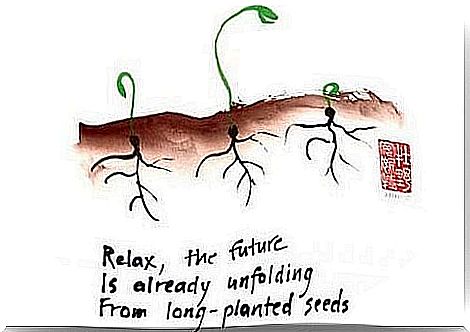
Finally, remember that haiku is a brushstroke in time from the heart of the person writing it. It is a channel, a sigh that we breathe to express ourselves. A simple piece of advice is to remember that the most beautiful haiku are the ones who take a leap in the third verse. The first two lines are a simple introduction, and the third gives the best impression.

